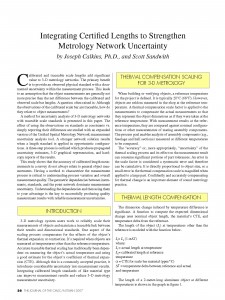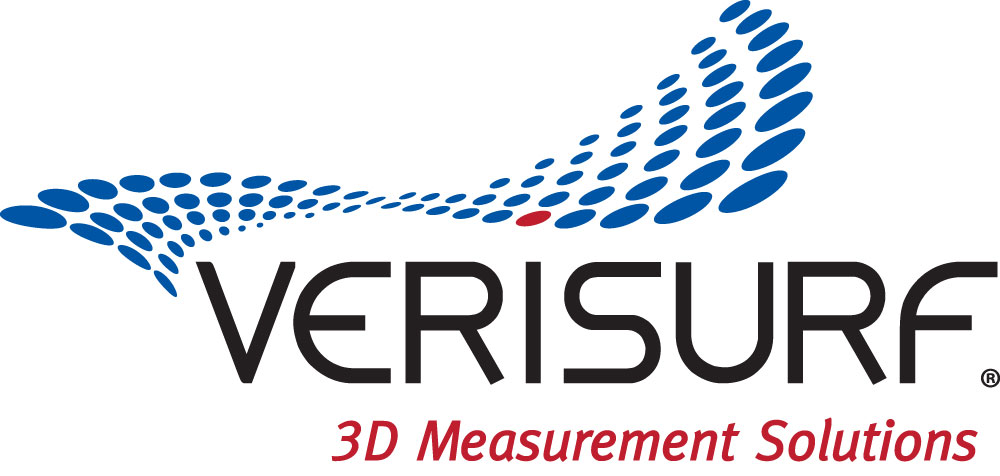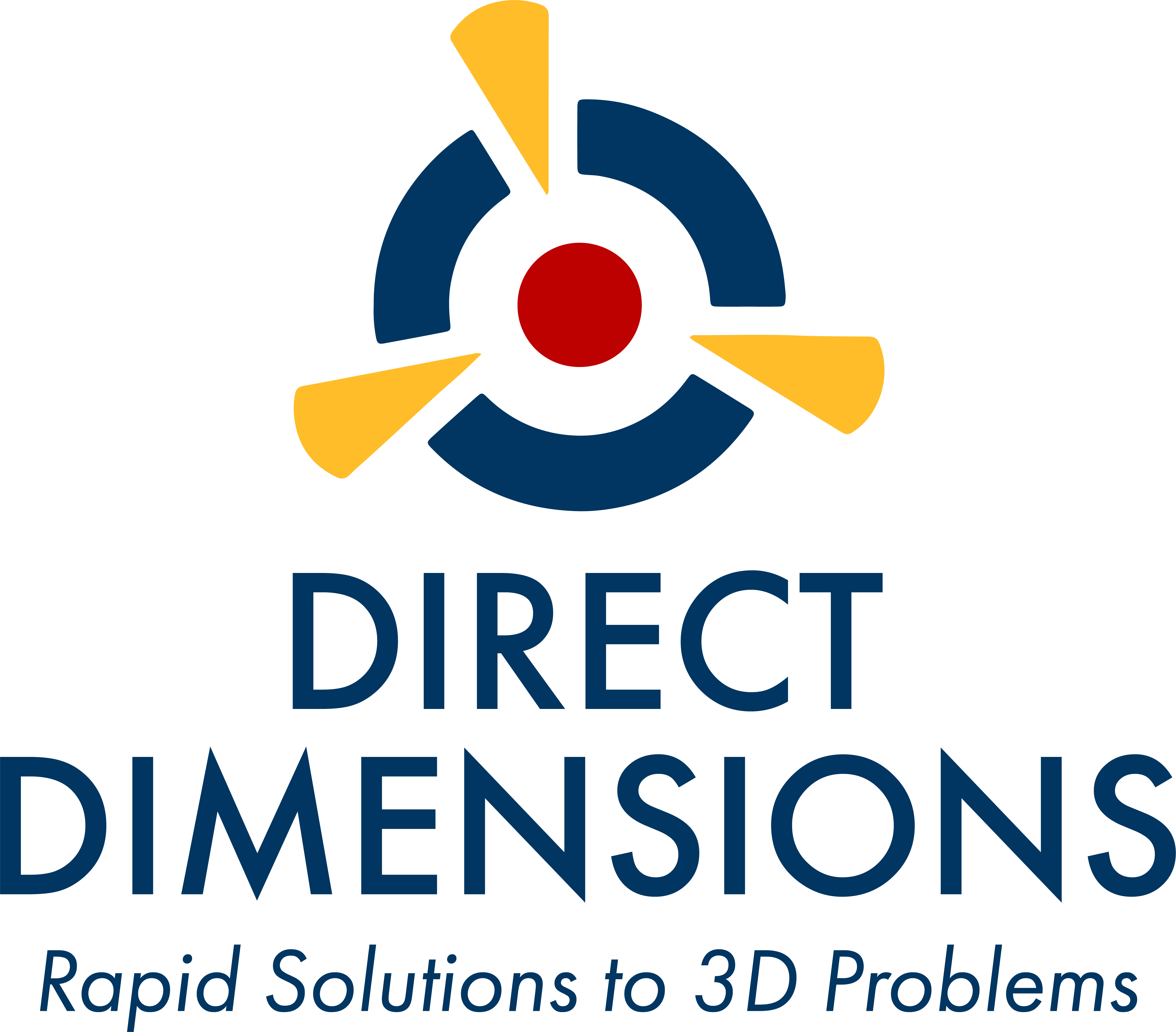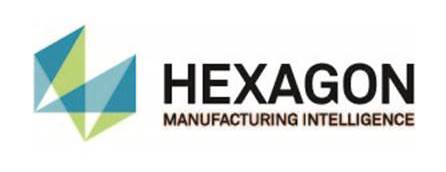
|
Download Members: $0.00 Non‑Members: $75.00 |
Buy Now |
Publication Details
| Published Date: | |
|---|---|
| Authors: | Joseph Calkins, Scott Sandwith |
| Company: | CMSC |
| Print Format: | Technical Paper |
| Citation: | Joseph Calkins, Scott Sandwith, "Integrating Certified Lengths to Strengthen Metrology Network Uncertainty," The Journal of the CMSC, Vol. 2, No. 2, Autumn 2007 |
Abstract
Calibrated and traceable scale lengths add significant value to 3D metrology networks. The primary benefit is to provide an observed physical standard with a documented uncertainty within the measurement process. This leads to an assumption that the object measurements are generally not more precise than the net difference between the calibrated and observed scale bar lengths. A question often raised is: Although the observations of the calibrated scale bar are traceable, how do they relate to object measurements? A method for uncertainty analysis of 3D metrology networks with traceable scale standards is presented in this paper. The effect of using the observations on standards as constraints vs. simply reporting their differences are studied with an expanded version of the Unified Spatial Metrology Network measurement uncertainty analysis tool. A stronger network solution results when a length standard is applied in opportunistic configurations. A three-step process is outlined which produces propagated uncertainty estimates, 3D graphical representation, and hard-copy reports of the results. This study shows that the accuracy of calibrated length measurements in a survey do not always relate to general object measurements. Having a method to characterize the measurement process is critical to understanding process variation and overall measurement quality. The geometric dependencies between instruments, standards, and the point network dominate measurement uncertainty. Understanding the dependencies and then using them to your advantage is the key to successfully producing quality measurement results with reliable measurement uncertainties.






